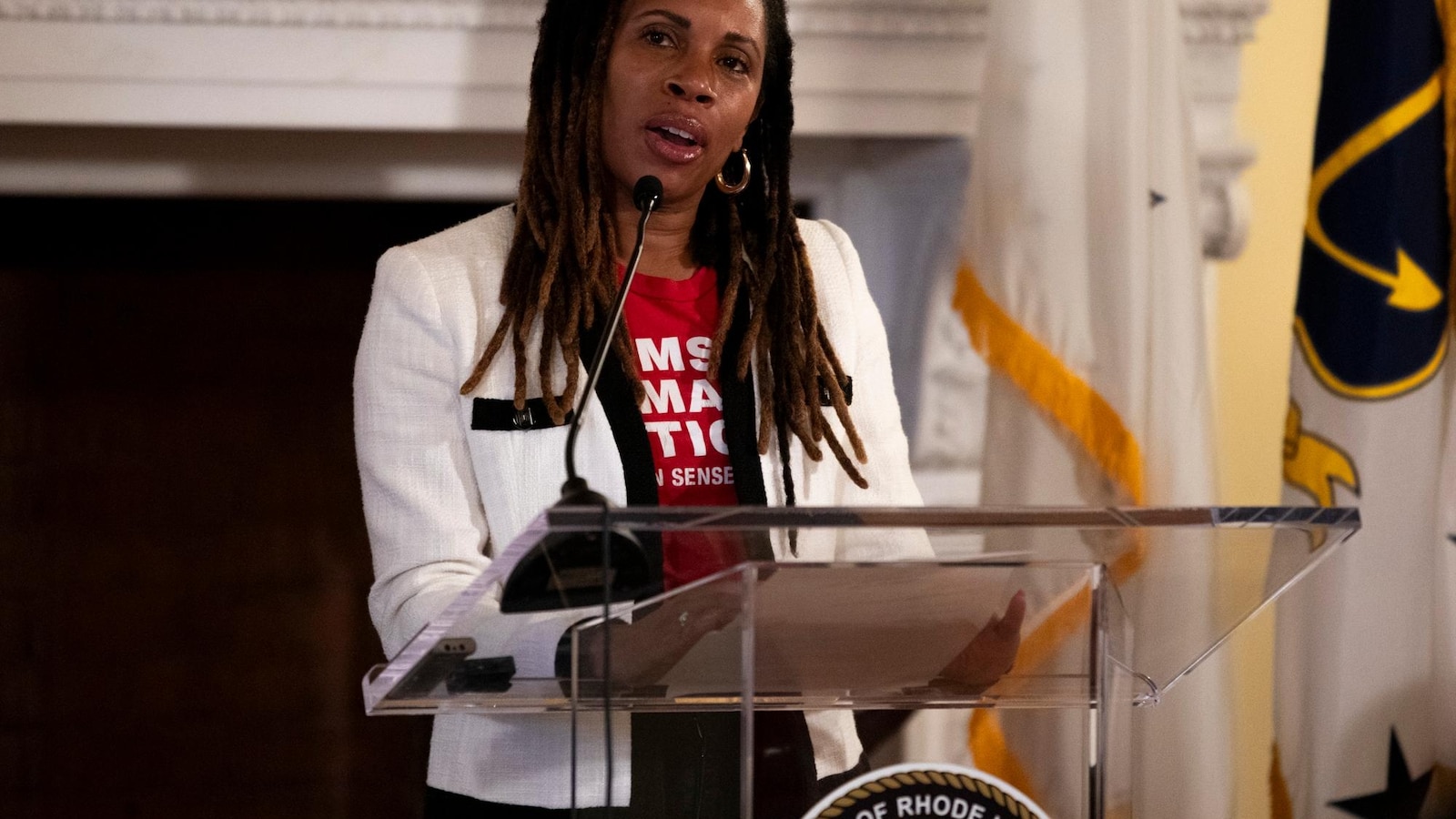How Rhode Island finally pushed a partial assault weapons ban over the finish line
How Rhode Island finally pushed a partial assault weapons ban over the finish line

It took 10 years, but Rhode Island politicians finally found a way to ban the sale, manufacturing and distribution of certain assault weapons
Read the full article on ABC Politics
Truth Analysis
Analysis Summary:
The article appears mostly accurate based on the available sources, although the snippet provided is limited. The claim about Rhode Island passing a partial assault weapons ban is supported by Verification Source #1, which mentions the topic. The article exhibits moderate bias, framing the ban as a positive development without presenting opposing viewpoints.
Detailed Analysis:
- Claim:** "It took 10 years, but Rhode Island politicians finally found a way to ban the sale, manufacturing and distribution of certain assault weapons."
- Verification Source #1: Supports the claim that Rhode Island lawmakers are working on an assault weapons ban. The "10 years" timeframe and specifics of the ban (sale, manufacturing, distribution) are not directly confirmed by this source, but the general topic aligns.
- Verification Source #5: Supports the idea of banning assault weapons, as the 2024 Democratic Party Platform states a goal to "ban assault weapons and high-capacity magazines." This provides context for the political environment surrounding such bans.
- Verification Sources #2, #3, and #4: Fail to cover this claim.
Supporting Evidence/Contradictions:
- Verification Source #1: "Ahead of the much-anticipated climax in ... Rhode Island General Assembly races toward the finish line: ... on an assault weapons ban." This supports the claim that an assault weapons ban is being considered/passed in Rhode Island.
- Verification Source #5: "We will once again ban assault weapons and high-capacity magazines." This shows that banning assault weapons is a political goal of the Democratic party.
- The lack of specific details in the article snippet and the limited coverage by the provided sources make it difficult to fully assess the accuracy of the "10 years" timeframe and the specific aspects of the ban (sale, manufacturing, distribution).

